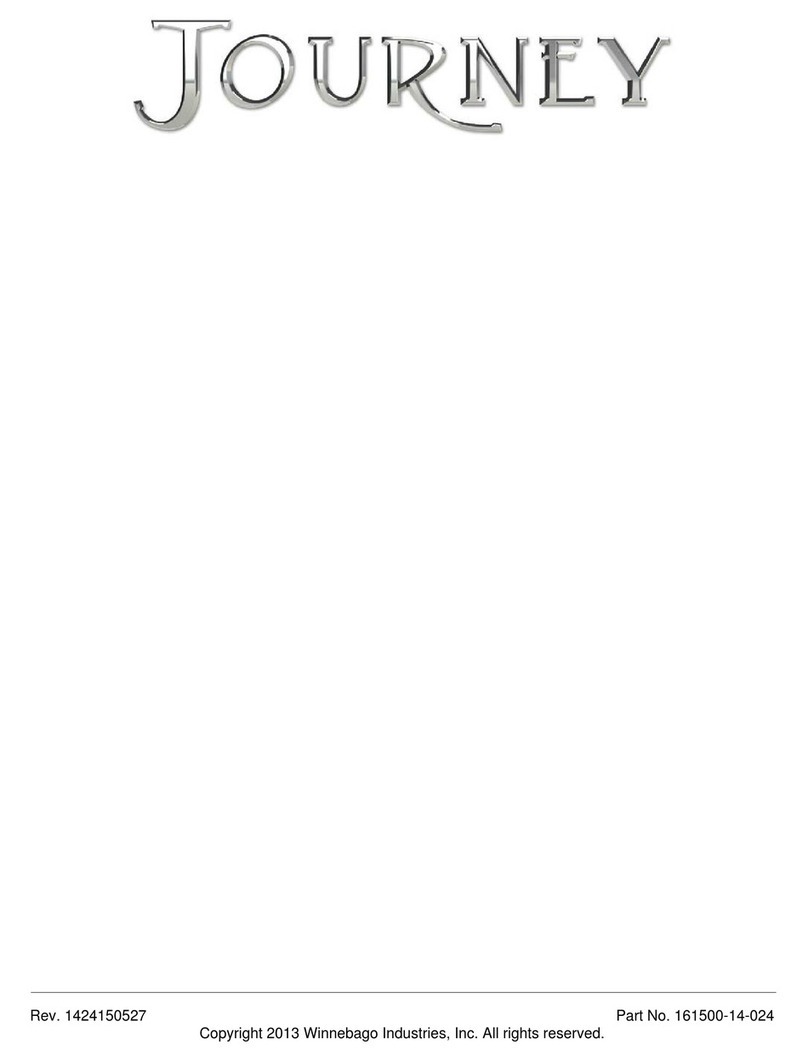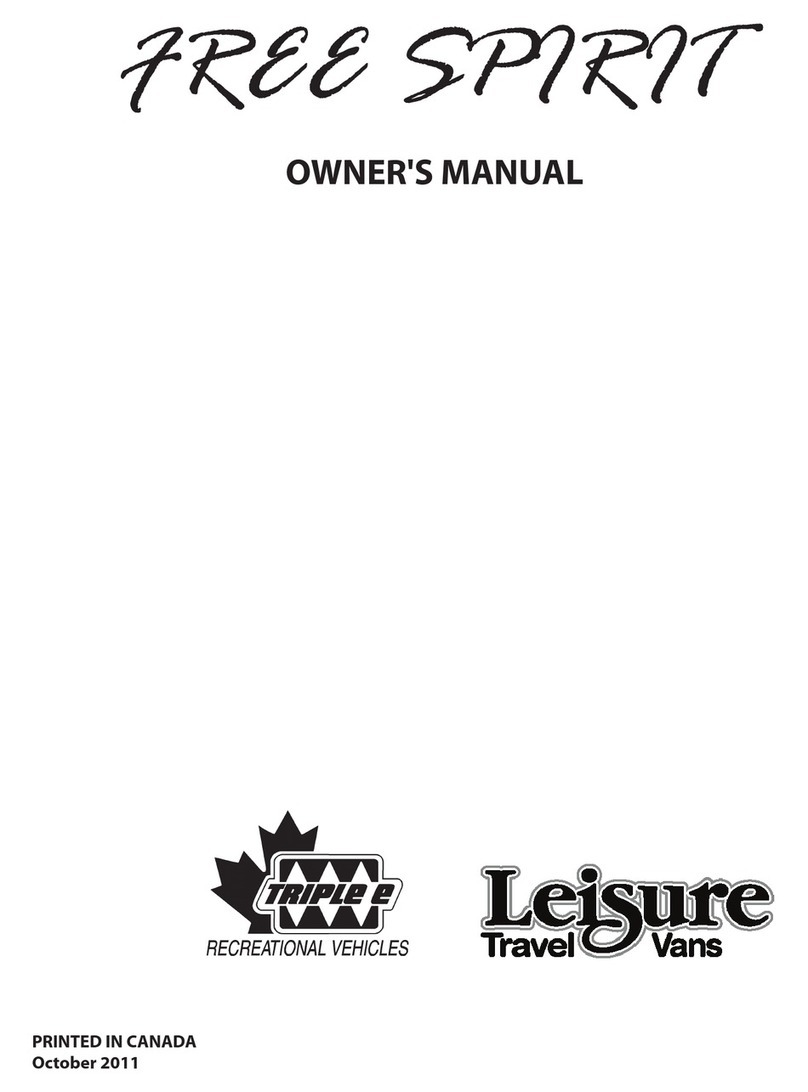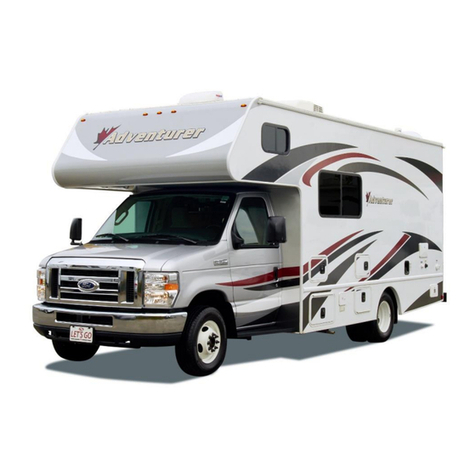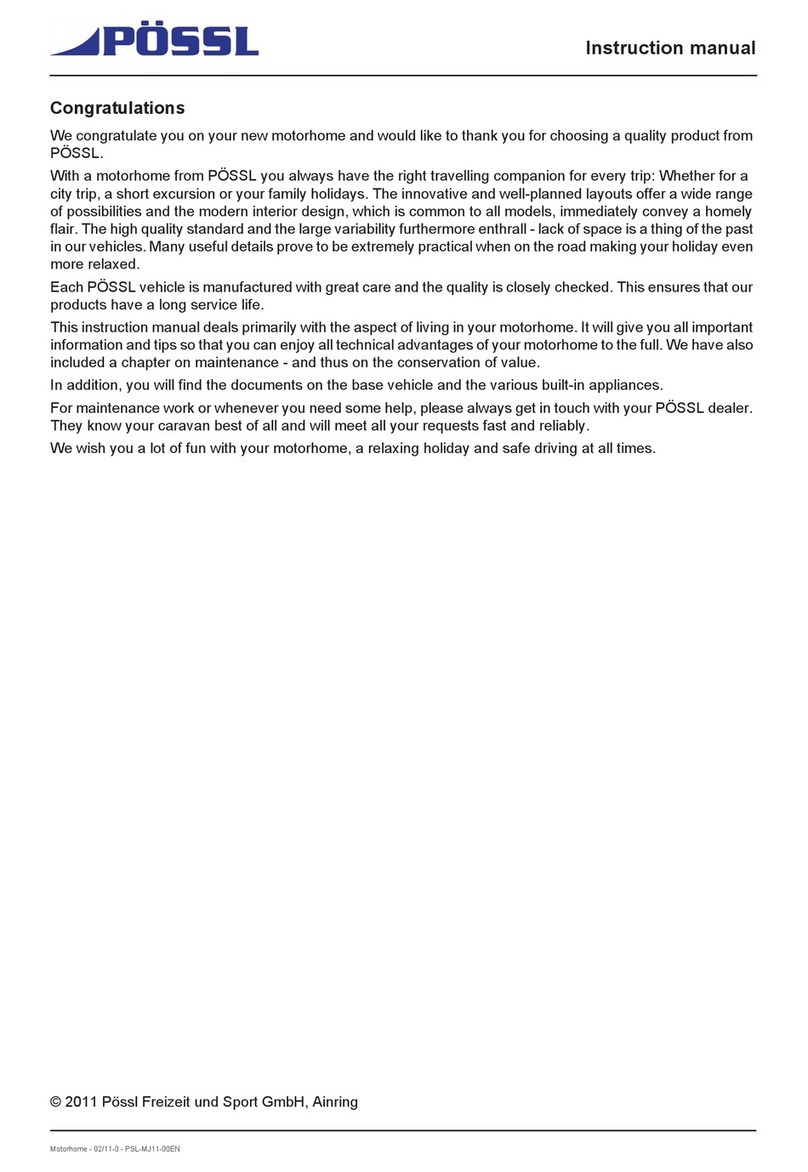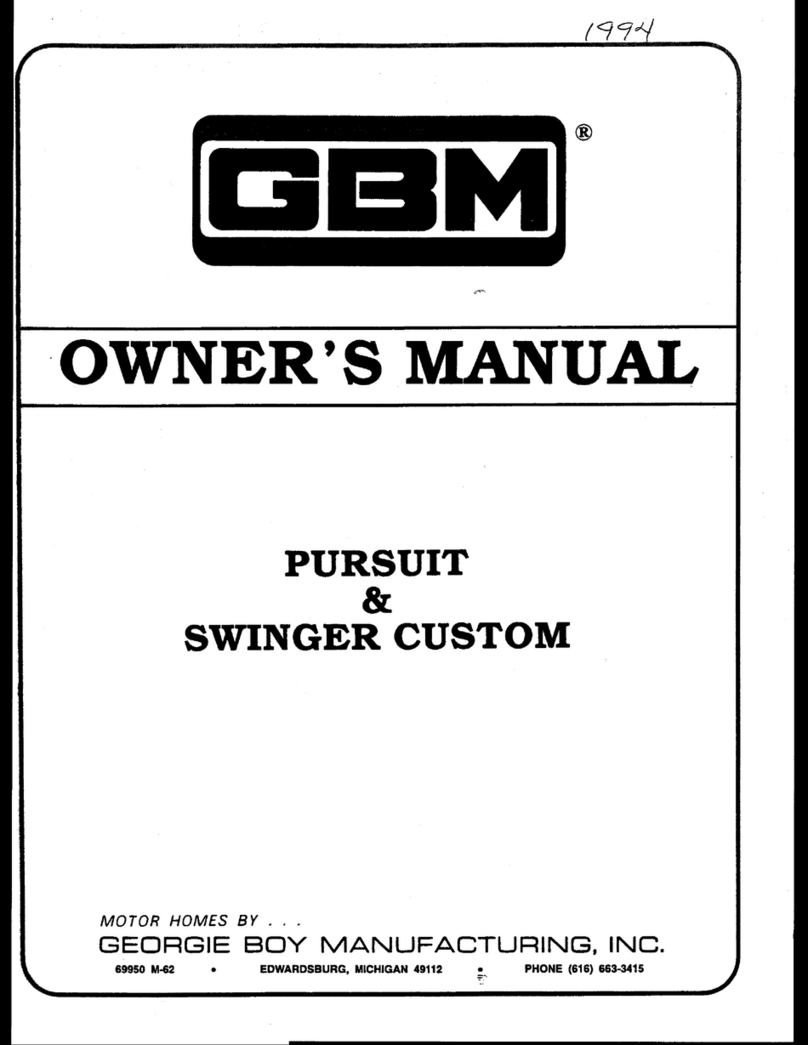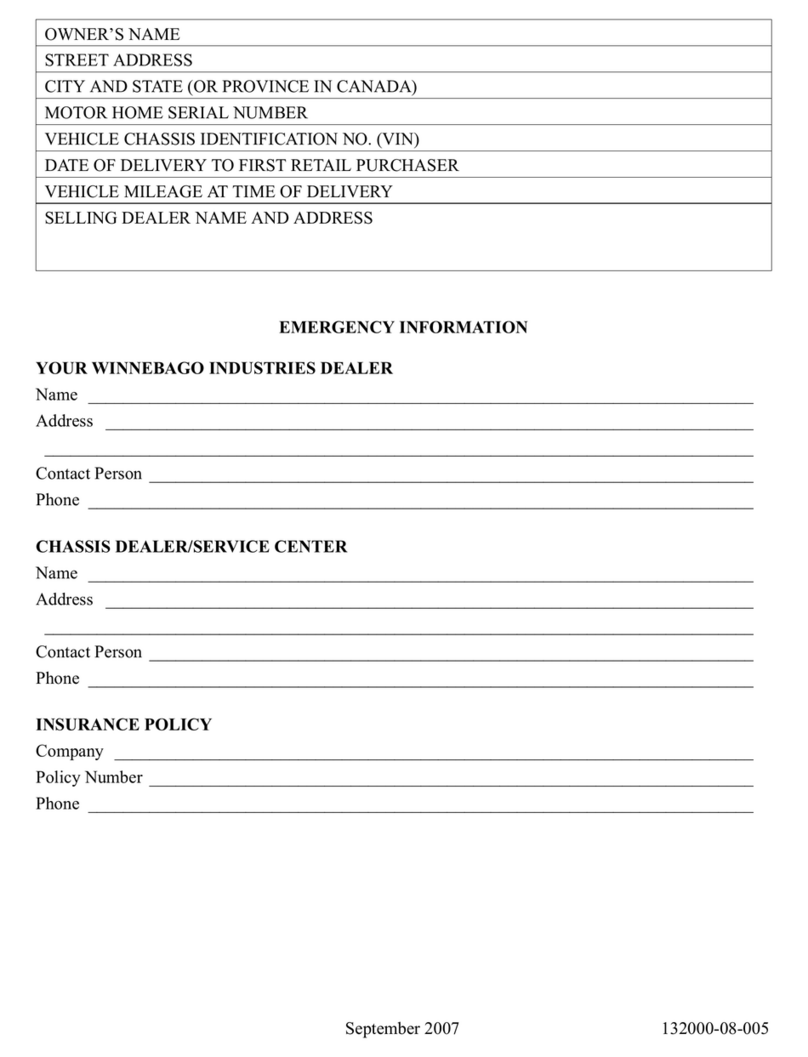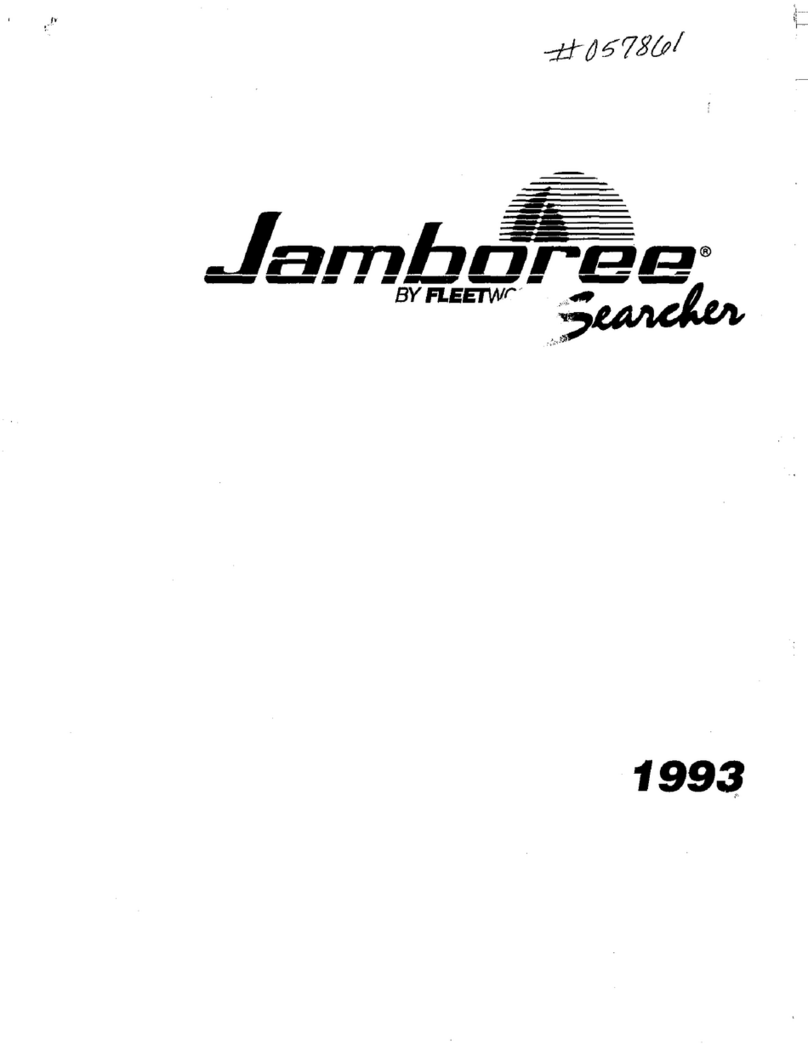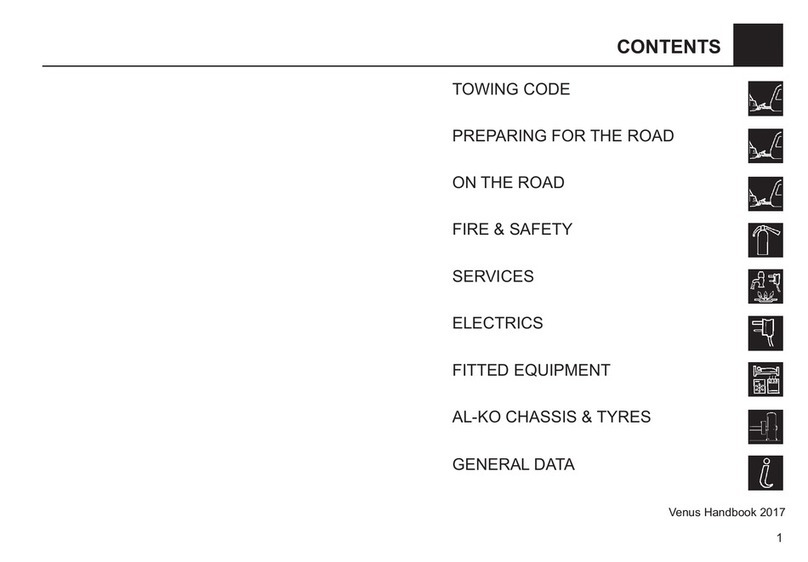Page | 1
CANADIAN TRAFFIC RULES AND ROAD SIGNS.................................................................................. 2
TRAFFIC RULES.......................................................................................................................................................................... 2
ROAD SIGNS ............................................................................................................................................................................. 4
CABIN............................................................................................................................................. 5
IGNITION SWITCH ...................................................................................................................................................................... 5
BATTERY BOOST SWITCH............................................................................................................................................................. 5
AUTOMATIC TRANSMISSION ........................................................................................................................................................ 5
TOW/HAUL (OVERDRIVE) ........................................................................................................................................................... 5
CRUISE CONTROL....................................................................................................................................................................... 5
PARKING BRAKE (EMERGENCY BRAKE/HAND BRAKE) ....................................................................................................................... 6
HEATED SIDE MIRRORS............................................................................................................................................................... 6
RADIO/BACK UP AND MIRROR CAMERA.......................................................................................................................................... 6
VEHICLE CARE AND MAINTENANCE................................................................................................. 6
GASOLINE ................................................................................................................................................................................ 6
ENGINE OIL .............................................................................................................................................................................. 6
TIRES....................................................................................................................................................................................... 7
VEHICLE SPECIFICATIONS ................................................................................................................ 8
EXTERNAL VIEW.............................................................................................................................. 9
AWNING................................................................................................................................................................................ 10
ELECTRICAL SYSTEM ................................................................................................................................................................. 10
GENERATOR ........................................................................................................................................................................... 12
PROPANE TANK....................................................................................................................................................................... 13
WATER SYSTEM ...................................................................................................................................................................... 14
TOILET................................................................................................................................................................................... 16
WASTEWATER......................................................................................................................................................................... 17
HEATING/AIR CONDITIONING .................................................................................................................................................... 17
DINETTE TABLE/BED COMBINATION............................................................................................................................................ 18
COOKING AREA ....................................................................................................................................................................... 19
FRIDGE .................................................................................................................................................................................. 23
SLIDE-OUT ............................................................................................................................................................................. 26
SAFETY EQUIPMENT ..................................................................................................................... 28
SMOKE DETECTOR/CARBON MONOXIDE ALARM ........................................................................................................................... 28
FIRE EXTINGUISHER.................................................................................................................................................................. 28
PROPANE DETECTOR/ALARM..................................................................................................................................................... 28
RETURNING THE VEHICLE.............................................................................................................. 29
